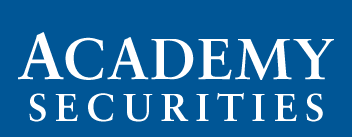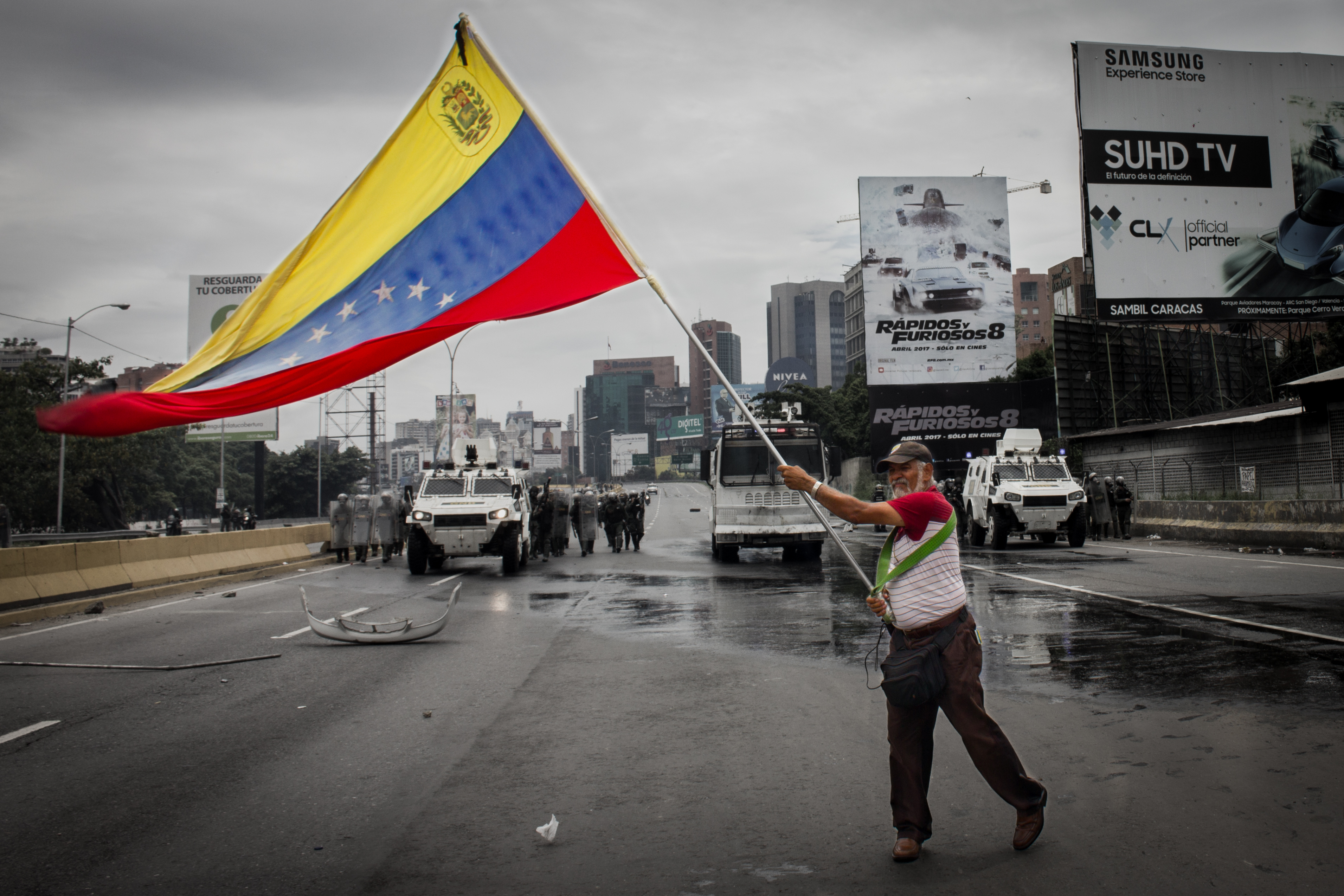Does the violence at the border indicate a higher probability of U.S. military intervention?
“I think the violence and the Trump administration’s positioning increases the probability of military intervention. This is akin to Obama’s “red line” for chemical weapons in Syria. If President Trump is not able to follow through on ousting Maduro and ensuring Guaido is president, he will face similar criticism. This increases the likelihood that the President will ensure Guaido’s success.”
What are the next steps for the U.S.?
“Finding a way to peaceably transition power. The invasion of Haiti could potentially serve as a model where Jimmy Carter, Sam Nunn, and Colin Powell met with General Cedras, the dictator of Haiti. Under the threat of an airborne assault from the 82nd airborne division, with planes in the air, Cedras finally capitulated. A similar carrot and stick approach would work well here. Have a combat force prepared for action with a peacekeeping force also ready to go. Send a high-profile delegation to Caracas and negotiate Maduro a condo in Costa Rica (as was done for Cedras) or threaten U.S. military intervention.”
Who are the most important international players as it concerns influence with Maduro? Lima Group? China? Russia? U.S./EU?
“Organization of American States is the key international player here in organizing a solution. Those actors that run counter to American purposes include China, Russia, Iran, and Hezbollah – though China will back Guaido if he appears headed for power. The others will work hard to undercut American influence and success.”
What are the indicators the U.S. is preparing for a direct military response?
“Airplanes flying from Fort Bragg. Increased U.S. military presence in the Caribbean. A carrier strike group from the Atlantic Fleet moving into the Caribbean Sea or Atlantic Ocean off the coast of Venezuela.”
What else should be considered when evaluating the crisis in Venezuela?
“Florida is a battleground state politically. It has a huge Venezuelan and Cuban expat population. Both groups are pro Guaido, generally speaking. It makes domestic political sense for the President to support Guaido. Also, Venezuela has the world’s largest oil reserves. Having a friendly Venezuela would be good for the world. Also, disrupting the communist/socialist/terrorist ties with Cuba, Russia, and Iran would be good for U.S. foreign policy.”
Brigadier General Anthony J. Tata
Original Post 2/26/2019


